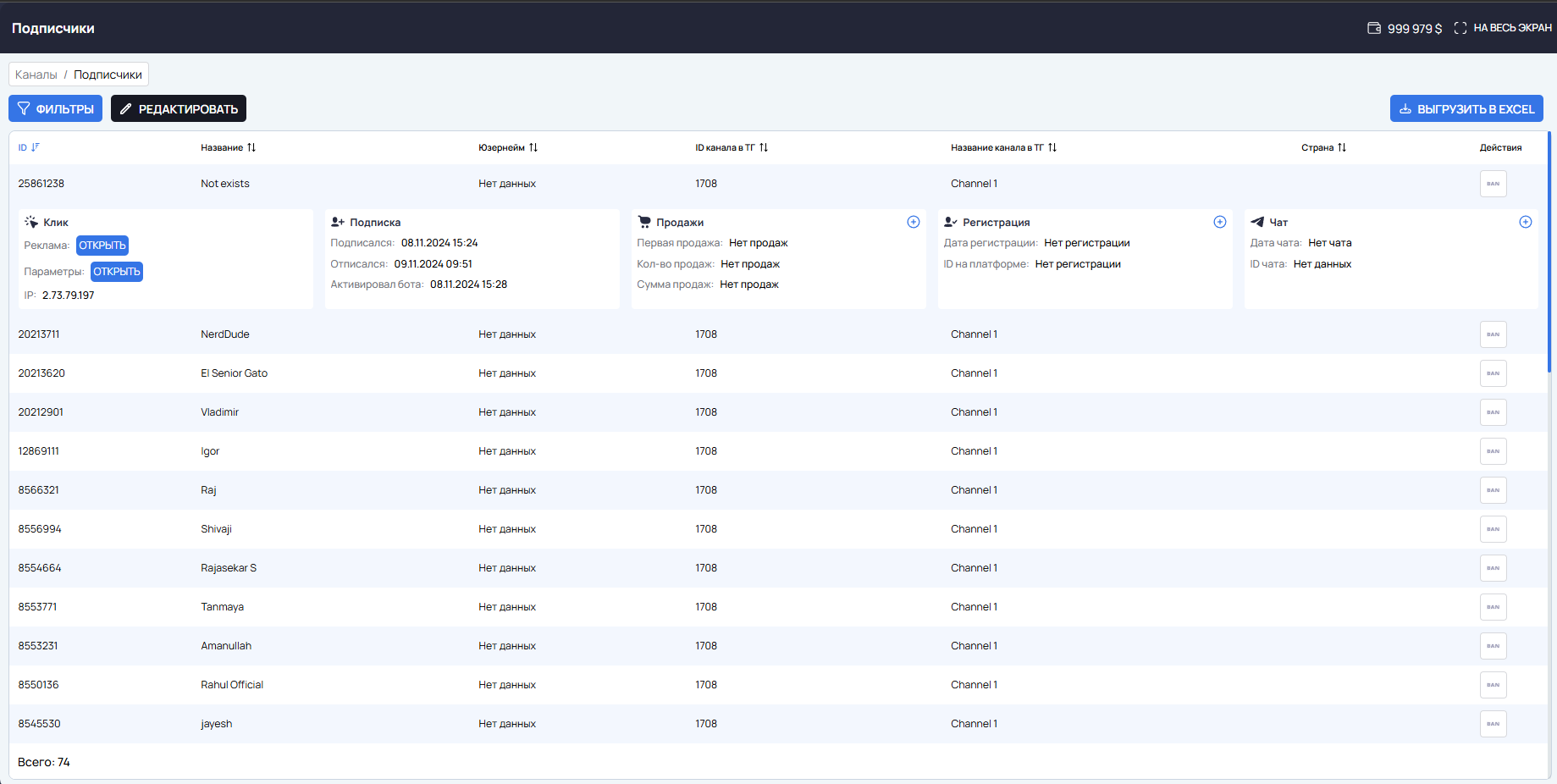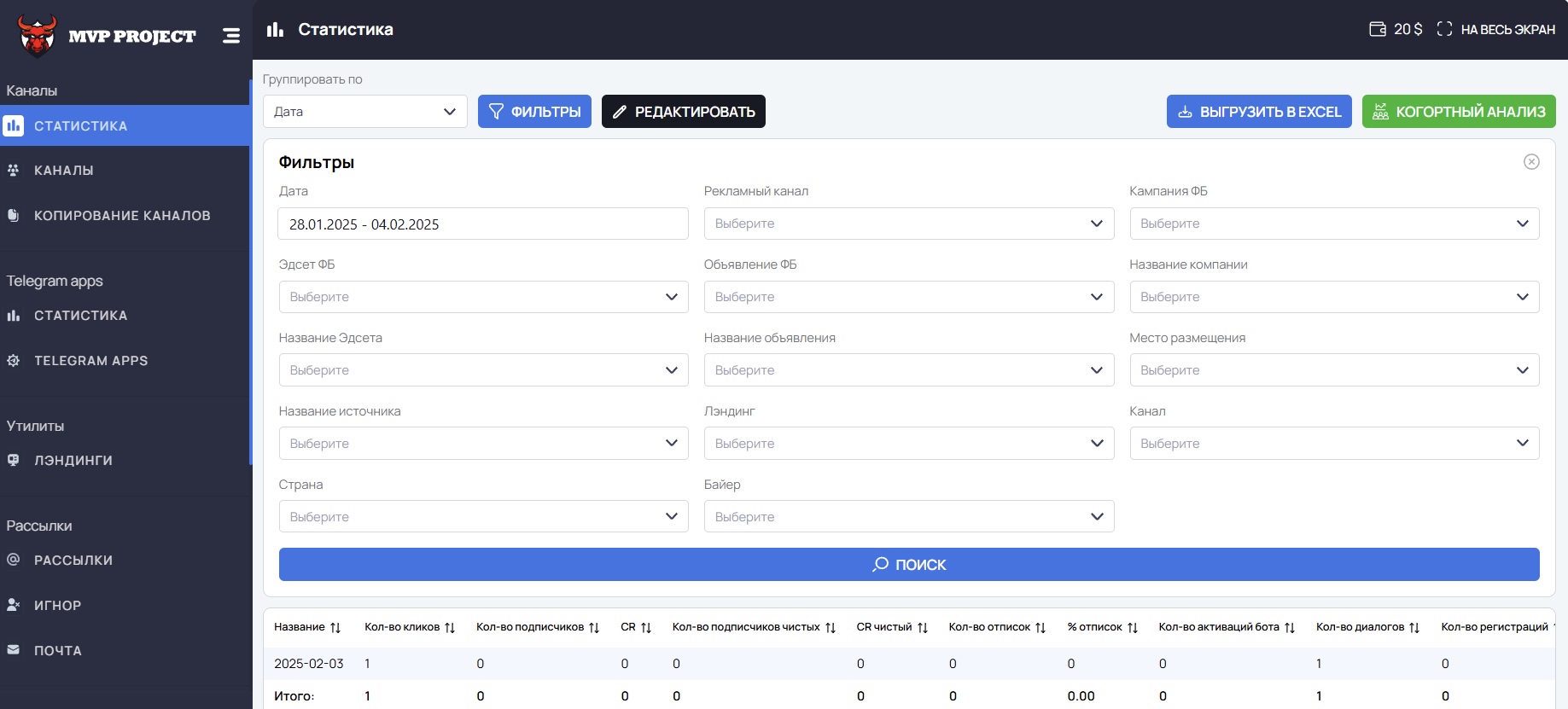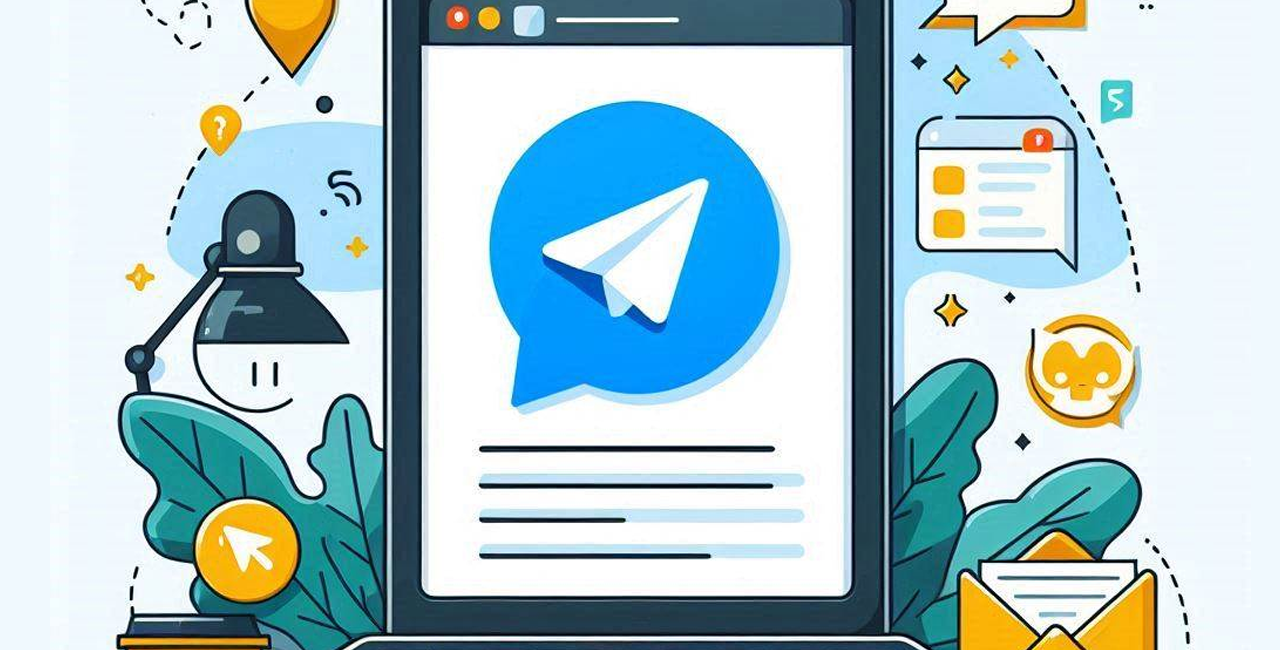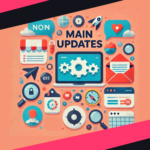Analyzing Telegram channel subscribers is not just numbers and tables, but the key to understanding your audience, increasing the effectiveness of advertising campaigns and achieving business goals. If you want to manage your channel like a professional, understanding who your audience is, how they behave and what they react to is vital.
In this article, we’ll break down how to analyze your channel subscribers step by step, and explain how to MVP Project will help you do just that. From gathering basic data to identifying valuable audiences, you’ll get a complete set of knowledge to make your channel an effective and selling business tool.
Why it is important to analyze Telegram channel subscribers
Telegram remains one of the most promising tools for business promotion, but its potential can only be unlocked with the right analytics. Let’s look at why this is so important:
Optimize your advertising: Knowing where your subscribers are coming from will help you reallocate your budget to the most impactful sources.
Increasing Conversions: Subscriber analysis shows which audiences are more likely to take targeted actions (e.g. purchases). This helps you focus on the most promising groups.
Monitor performance: Compare subscriber growth, churn, and behavior to make timely adjustments to your strategy.
While Telegram’s built-in tools can provide a general overview, they are severely limited. More detailed analysis is only possible using additional solutions such as MVP Project.
Step 1: Collect basic information about subscribers
The first thing you need to do is to collect basic data about your audience. In Telegram, this is possible through standard reports, while in MVP Project this data is available in the subscribers table.
Here’s what you can learn:
Sources of subscriptions: Which channels or advertising campaigns drive audiences.
Churn and growth: Track how many subscribers come and go over a certain period.
Subscriber Behavior: How subscribers react to your posts, from clicks to newsletter signups.
This data provides the first insight into how your audience interacts with the channel and what to look out for.
Step 2: Using analytical tools
To make the analysis accurate and convenient, use additional MVP Project tools. The following information is available in the Subscriber Table:
- Filters: Segment subscribers by subscription date, sources, activity.
- Transitions between data: you can move from the subscribers table to conversions or vice versa to evaluate how each user affects sales.
- Data Matching: Analyze which groups of subscribers convert best.
These features allow you to dive deeper into your audience and identify key audience segments.

Step 3: Identify valuable subscribers
Analyzing everyone is an inefficient task. That’s why it’s important to focus on subscribers who really bring you value. How do you do that?
Segmentation by activity: Highlight subscribers who are interacting with your content: opening newsletters, clicking on links.
Analyze sources: Compare subscribers coming from different channels to see which sources drive more active users.
Evaluate conversions: See which subscribers made a purchase or performed another targeted action.
MVP Project helps you quickly find and analyze such groups, which saves time and makes your work more productive.

Step 4: Monitoring subscriber dynamics and segmentation
Subscription and unsubscription dynamics are the foundation of a successful strategy. Update the data regularly to keep track:
Subscriber growth and churn – analyze how many new users came and how many left during a given period.
Trends – identify spikes in subscriptions, for example, during ad campaigns or after certain content is published.
Anomalies – abrupt unsubscribes can signal problems with content, ads, or posting frequency.
However, simply observing the dynamics is not enough. It is important to segment subscribers to understand which groups bring the most value. MVP Project allows you to group subscribers by various criteria:
By subscription source – which advertisements or external channels bring the most loyal users.
By conversions – highlight groups of subscribers who perform targeted actions: click on links, leave requests or make purchases.
By bot activation – to estimate the volume of subscribers on which you can make mailings through the bot.
For example, you can segment subscribers by ad title and see which one brings in the audience that is most active in making purchases. This will allow you not just to capture changes, but also to take a

Step 5: Applying the results of the analysis
Once you have the data, it’s important to use it correctly. Here are some recommendations:
Optimize your ads: Launch campaigns targeting the most converting audience segments.
Work with content: Customize it for groups with different interests and engagement levels.
Increase retention: Use newsletters to bring back unsubscribed users.
Common mistakes in analysis and how to avoid them
Many people make mistakes when working with analytics. Let’s look at the most common ones:
- Ignoring churn data: Audience loss is an important signal that should not be missed.
- The focus is only on the number of subscribers: bigger doesn’t always mean better. Focus on the quality of the audience.
- Misuse of tools: analytics should be comprehensive, not fragmented.
Tools for analyzing Telegram subscribers
What stands out MVP Project Among a host of competitors? We tell you:
- Data Integration: you can easily switch between subscribers, conversions and messenger.
- Flexibility: Use filters and segmentation to work with only the right audience.
- Time saving: Simple interface and intuitive features reduce time spent on analytics.
Subscriber analysis is an important stage of working with a Telegram channel, which directly affects the effectiveness of advertising campaigns and the strategy of interaction with the audience. With tools MVP Project This process becomes easier, faster and more productive.
Start analyzing your audience today and take your channel engagement to the next level!




No Comment! Be the first one.